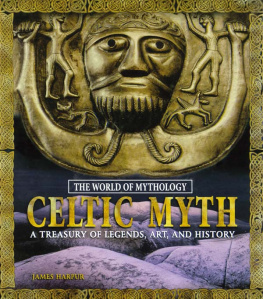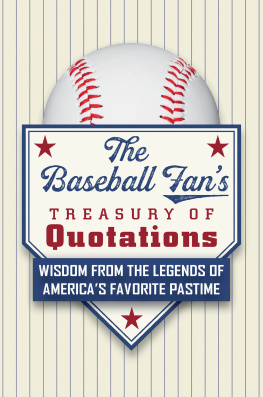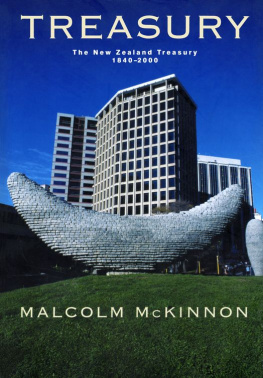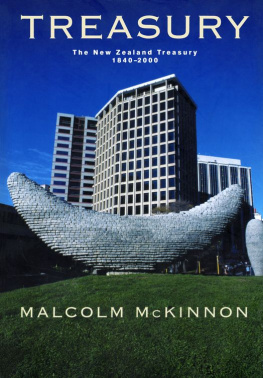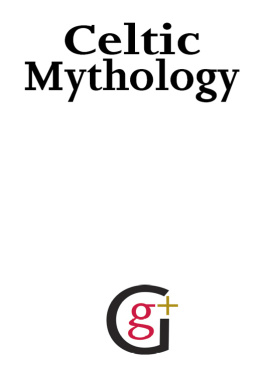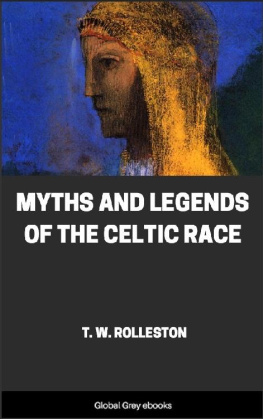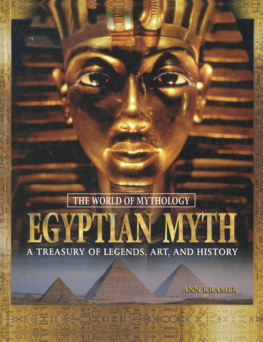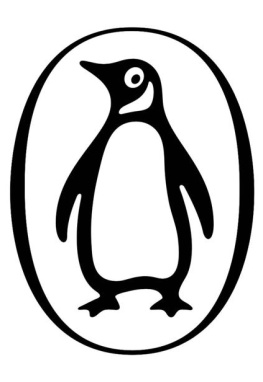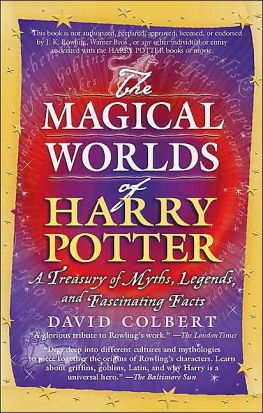First published by 2008 M.E. Sharpe.Inc
Published 2016 by Routledge
2 Park Square, Milton Park, Abingdon, Oxon, OX14 4RN
711 Third Avenue, New York, NY 10017, USA
Routledge is an imprint of the Taylor & Francis Group, an informa business
Copyright 2006 Marshall Editions
A Marshall Edition
Conceived, edited, and designed by Marshall Editions
Copyright under International, Pan American, and Universal Copyright Convention. All right reserved.
No part of this book may be reprinted or reproduced or utilised in any form or by any electronic, mechanical, or other means, now known or hereafter invented, including photocopying and recording, or in any information storage or retrieval system, without permission in writing from the publishers.
Notices
No responsibility is assumed by the publisher for any injury and/or damage to persons or property as a matter of products liability, negligence or otherwise, or from any use of operation of any methods, products, instructions or ideas contained in the material herein.
Practitioners and researchers must always rely on their own experience and knowledge in evaluating and using any information, methods, compounds, or experiments described herein. In using such information or methods they should be mindful of their own safety and the safety of others, including parties for whom they have a professional responsibility.
Product or corporate names may be trademarks or registered trademarks, and are used only for identification and explanation without intent to infringe.
Library of Congress Cataloging-in-Publication Data
Harpur, James.
Celtic myth : a treasury of legends, art, and history / James Harpur.
p. cm. -- (The world of mythology)
Includes bibliographical references and index.
ISBN 978-0-7656-8102-7 (hardcover : alk. paper)
1. Mythology, Celtic. 2. Civilization, Celtic. I. Title.
BL900.H37 2008
299.16113--dc22
2007006015
Originated in Hong Kong by Modern Age
ISBN 978-0-76568-102-7 (hbk)
Publisher: Richard Green
Commissioning editor: Claudia Martin
Art direction: Ivo Marloh
Picture manager: Veneta Bullen
Design and editorial: Tall Tree Ltd.
Production: Anna Pauletti
Previous page: The slopes of Ben Bulben in Ireland, where the hero Diarmuid met his death.
This page and opposite: Mount Brandon in County Kerry is one of Irelands highest mountains. Some say the mountain takes its name from Bran, the mythical voyager to the Island of Women; others say that it recalls the sixth-century Christian saint Brendan the Navigator.
Opposite: This Celtic bronze head was made in the fifth century B.C.E.
The Celtswho originated in ancient Europeproduced one of the worlds richest treasuries of myths. Full of magic, adventures, and love stories, Celtic tales open a window into a realm where heroes fought in ferocious battles; engaged in duels with warriors, giants, and animals; went on dangerous quests; and frequently fell in love.
T he Celts heartland was central Europe, but they were never a single, unified nation or empire. Rather, they consisted of a number of different peoples who shared a similar language, religion, and culture. The Celtic language varied from region to region, but it belonged to a family of languages known as Indo-European (which includes Greek, Latin, and Germanic tongues). The Celts religion was polytheistic, which means that they worshipped a number of gods, many of them connected with nature and animals.
WHO WERE THE CELTS?
Because the Celts were not fully literate, our knowledge of them comes mainly from ancient Greek and Roman writers and archaeological discoveries. Scholars still debate exactly when a distinctive Celtic culture emerged in Europe, but it seems that by the ninth century B.C.E. an early form of Celtic art and culture known as Hallstatt (after an archaeological site in Austria) had begun to develop. Another style, known as La Tne (after a Swiss site) and characterized by swirling, geometrical patterns, was established during the fifth century B.C.E.
During the first millennium B.C.E., Celts migrated to various parts of the European continent, including France, Germany, Britain, and Ireland. Others reached Asia Minor (modern Turkey). It is not known exactly when these migrations took place, nor what these various Celts called themselves. The first reference to Celts in classical (Greek and Roman) literature is by the Greek historian Hecataeus in 517 B.C.E. He called them keltoi (from which we get Celt). The Romans had other names for them. They called Celts living in what is now France Galli, or Gauls, and those in Britain Britanni, or Britons.
Left: Dun Aengus is an ancient Irish stone fort that is perched 300 ft (100 m) above the Atlantic Ocean, on the island of Inishmore, lying off the west coast of Ireland. It was probably built at the start of the first century B.C.E. According to myth it was constructed by the legendary Fir Bolg people and named after their king, Aengus (dun means fort).
During the last century B.C.E. and the first couple of centuries C.E., the Romans conquered most of the Celtic kingdoms. Roman civilization strongly influenced the Celts culture. In Gaul, for example, as elsewhere, the Celtic language was more or less replaced by a form of Latin, the language of the Romans. In the fifth century C.E., however, Germanic tribes began to migrate westward and settle in parts of the crumbling Roman Empire, including areas where Celtic culture had been strong. The Celts then became confined to southwest England, Wales, Brittany (in northwest France), and, especially, Ireland, which was never invaded by the Romans. Celtic myths survived mainly in the Irish, and to a lesser extent the Welsh, traditions.
CELTIC MYTHS
Scholars still debate how and when Celtic mythslike those of other culturesfirst arose and for what purpose. To some extent, they reflect religious rituals and record heroic deeds. They were also meant to entertain.
The myths began life being memorized by poets or storytellers, who would pass them down from generation to generation orally. We can imagine storytellers recounting their myths around a fire to a spellbound audience. The Irish Celts did have a written language known as Ogham, but it was cumbersome and only used for short inscriptions. Then, after Christian monasteries were founded in Ireland and Britain from the sixth century C.E. onward, the stories were written down by monks on vellum, or calf-skin. These manuscripts were re-copied over the centuries, and often several different versions of the stories arose. The versions of the Irish and Welsh myths that have survived date mainly from the twelfth century and after. Because the original pre-Christian stories were written down by Christian monks, the myths tell of both a pagan world of heroes and gods and also, sometimes, an early medieval world, where Christianity has become established.






